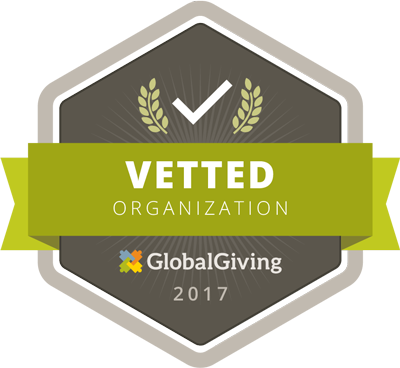What is a WAPI?
Water Pasteurization Indicators (WAPIs) are a very simple devices for showing when water has been heated adequately to make it safe to drink.

Water Pasteurization indicator (WAPI)
Traditionally families have been told to boil their water to make it safe, mostly because it is a visible endpoint. This sometimes requires a large amount of cooking fuel and time. In many parts of the world obtaining fuel or firewood is expensive and time consuming, and causes harm to the environment such as deforestation and erosion.
Pasteurization involves heating liquids high enough to kill pathogenic organisms without boiling. Milk is heated to 161° Fahrenheit, which kills all dangerous bacteria and other organisms, and water can be made safe at the same temperature. It is not necessary to boil water to make it potable, only to heat to the temperature of pasteurization. This is a graph that shows the temperatures necessary to kill pathogens.
Temperatures at which Disease Causing Organisms in Contaminated Water Are Killed
Benchmarks:
- Pasteurization of Milk - 15 seconds at 71° C (160° F)
- WAPI WAX MELTING TEMPERATURE65° C (149° F)
Organisms killed at:
- Hepatitis Virus Type A65° C (149° F)
- E. Coli, Shigella,60° C (140° F)
- Rotaviruses, Polioviruses60° C (140° F)
- Worms, Giardia, Entamoeba, Cryptosporidium55° C (131° F)
WAPI's are a durable, reusable plastic tube containing a special wax that melts at 149° F. When the wax melts it shows that the water has reached pasteurization temperature and is safe. When the tube is removed from the water it cools and the wax hardens and is ready for use again.
Download a copy of this table from our workshop handouts section.





.png)
